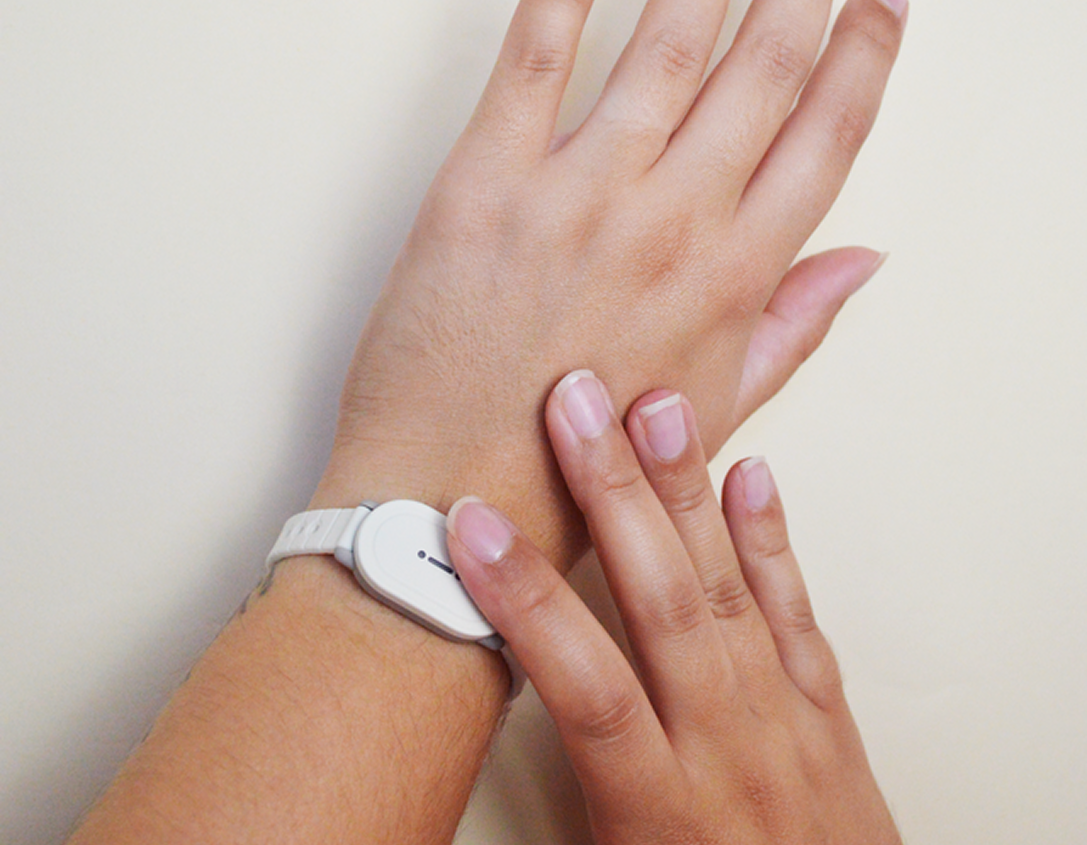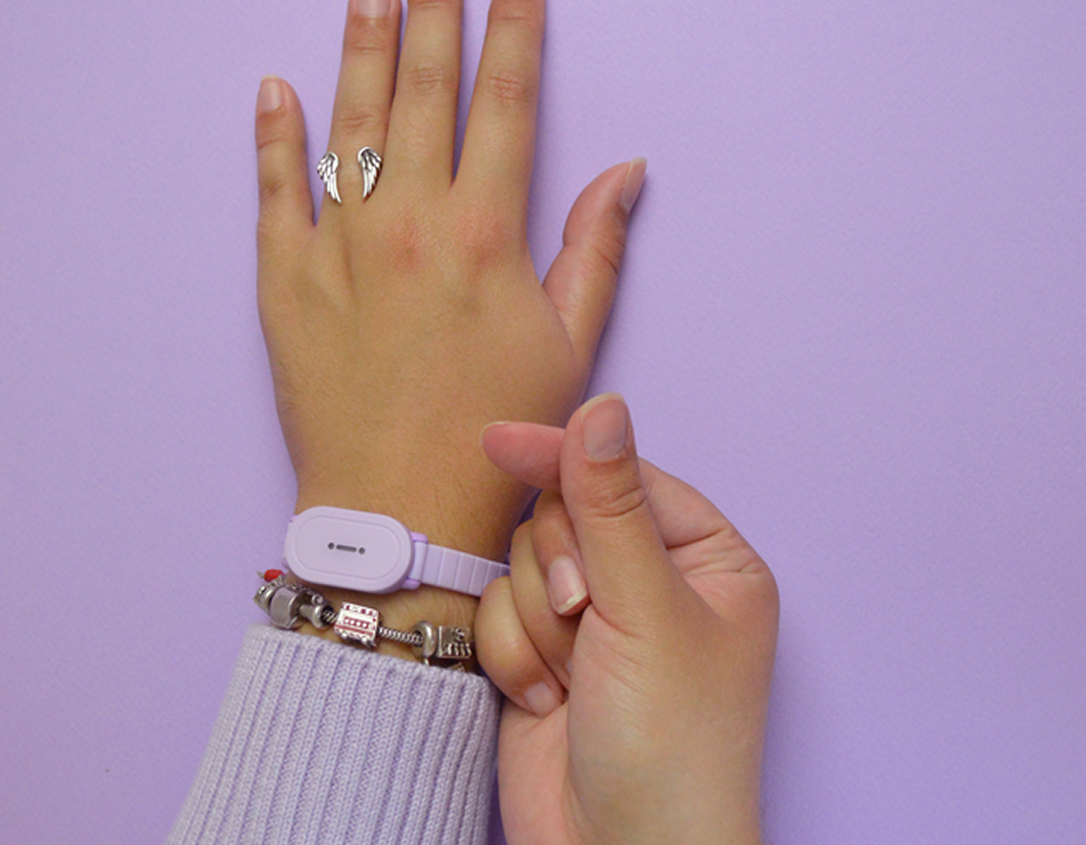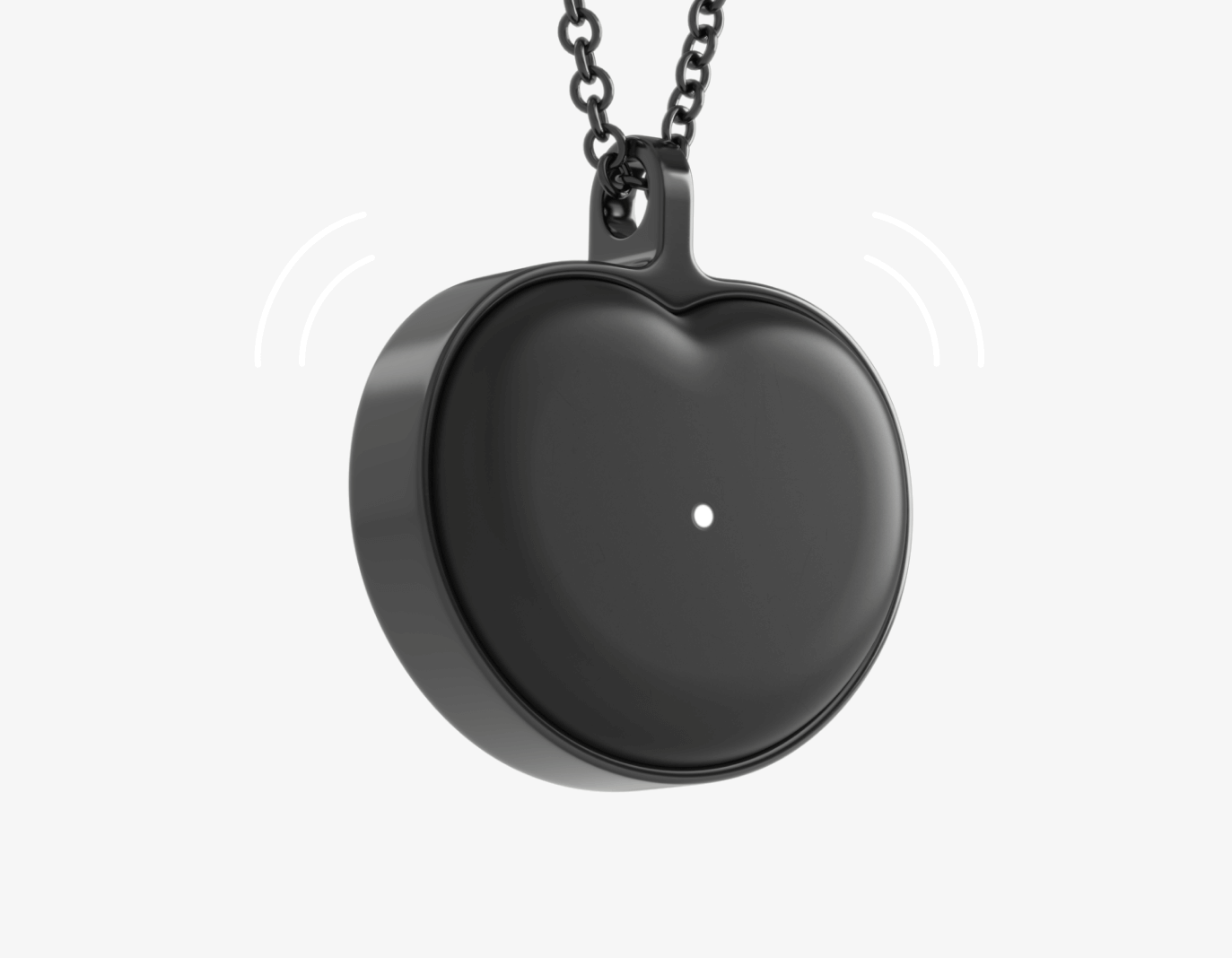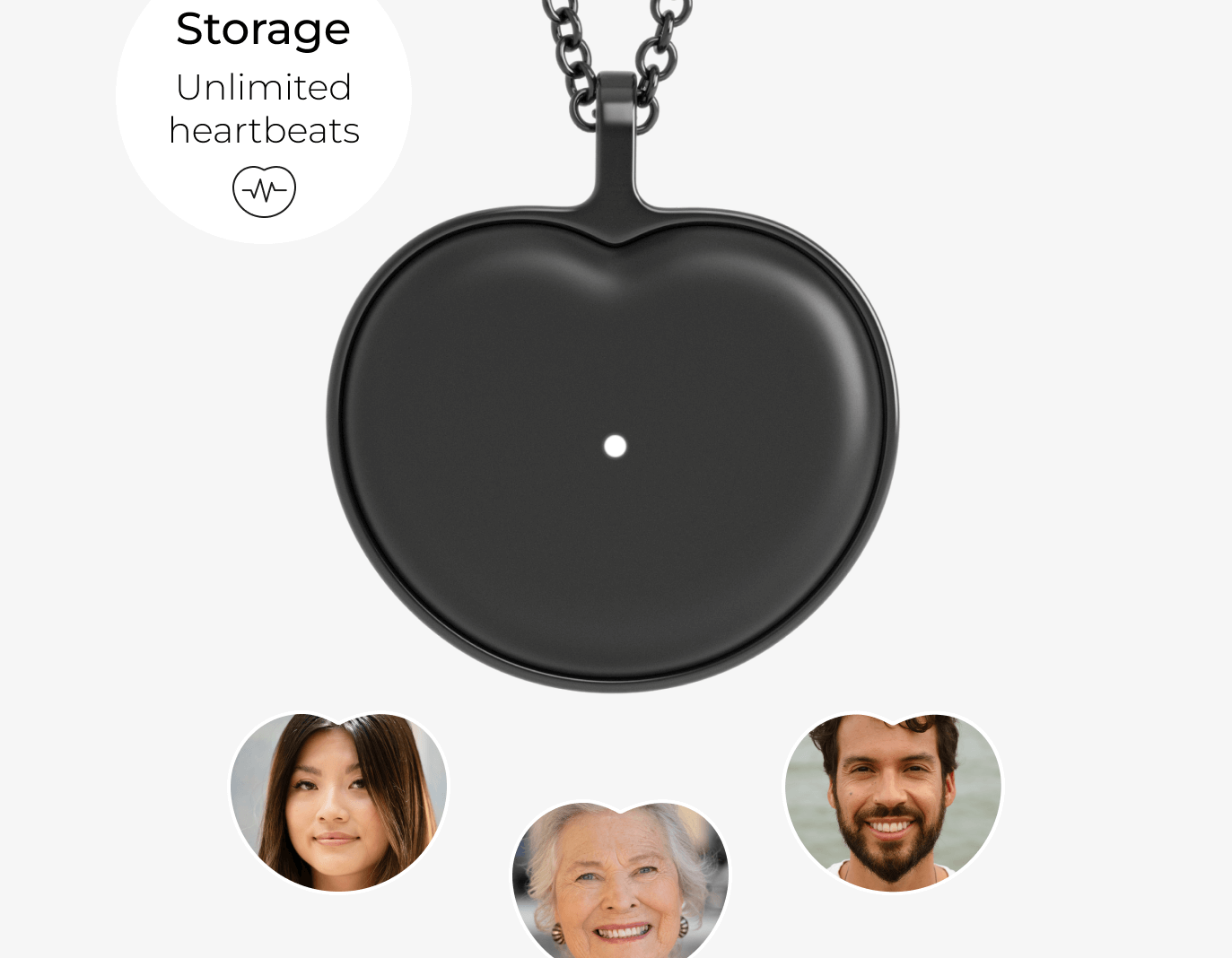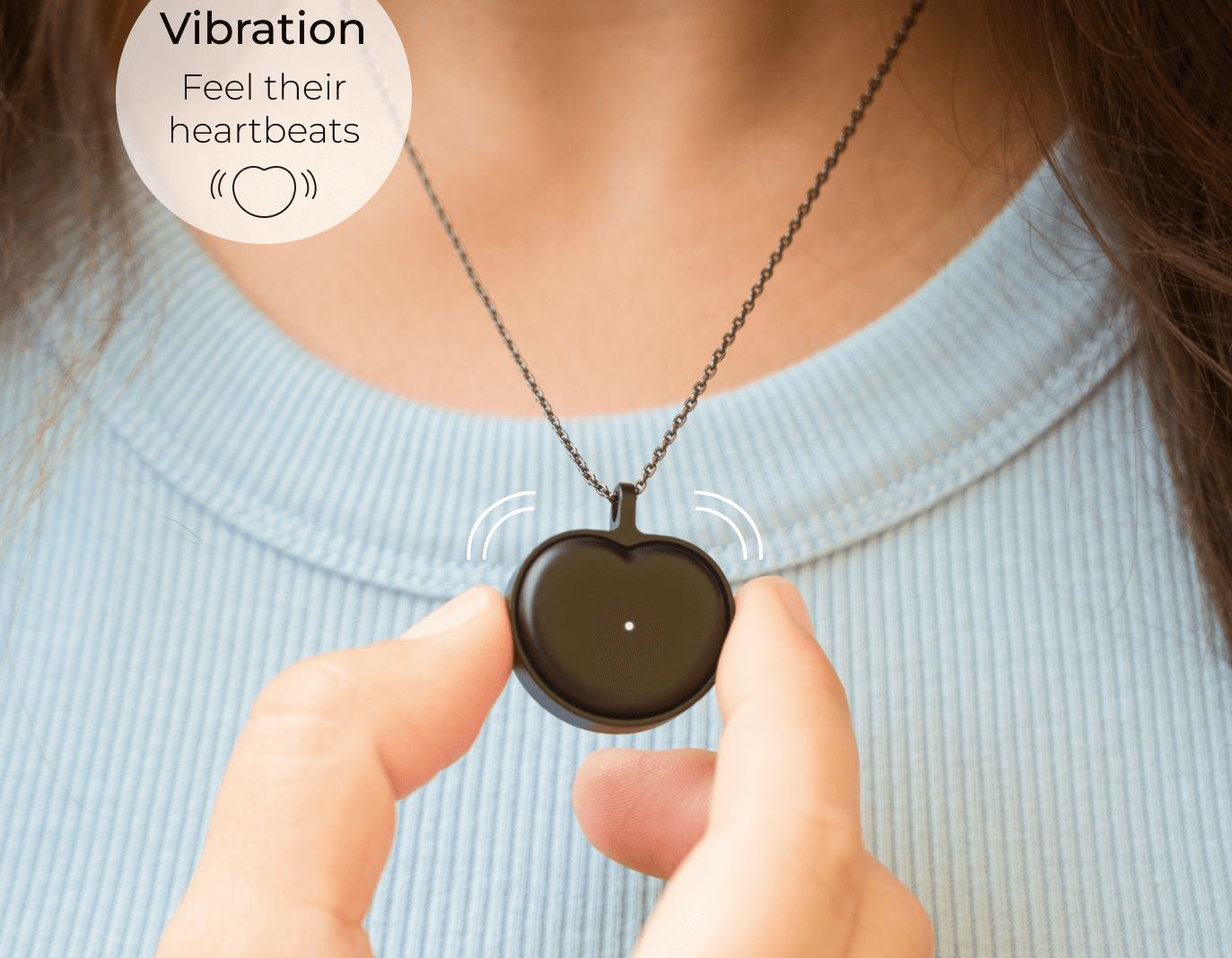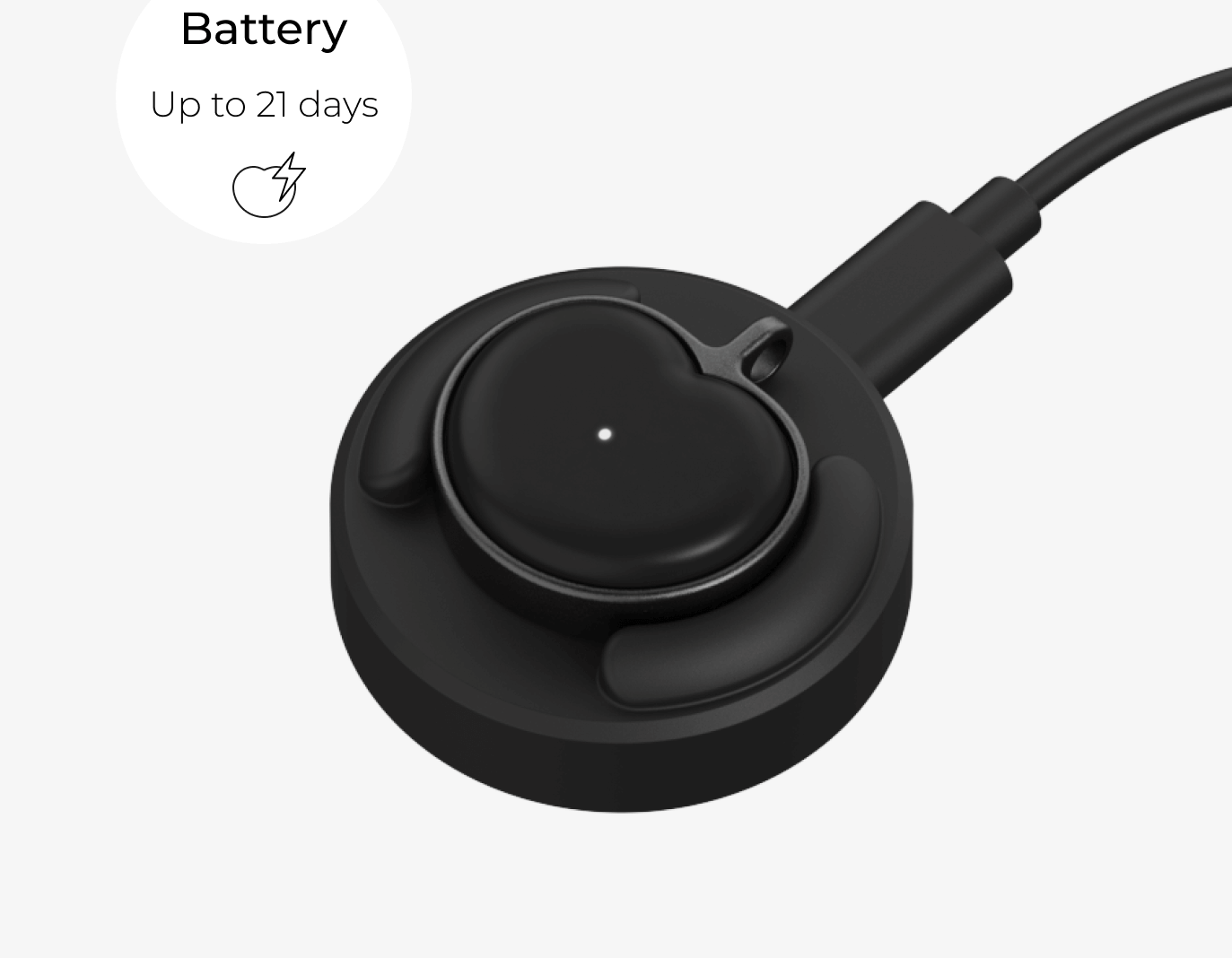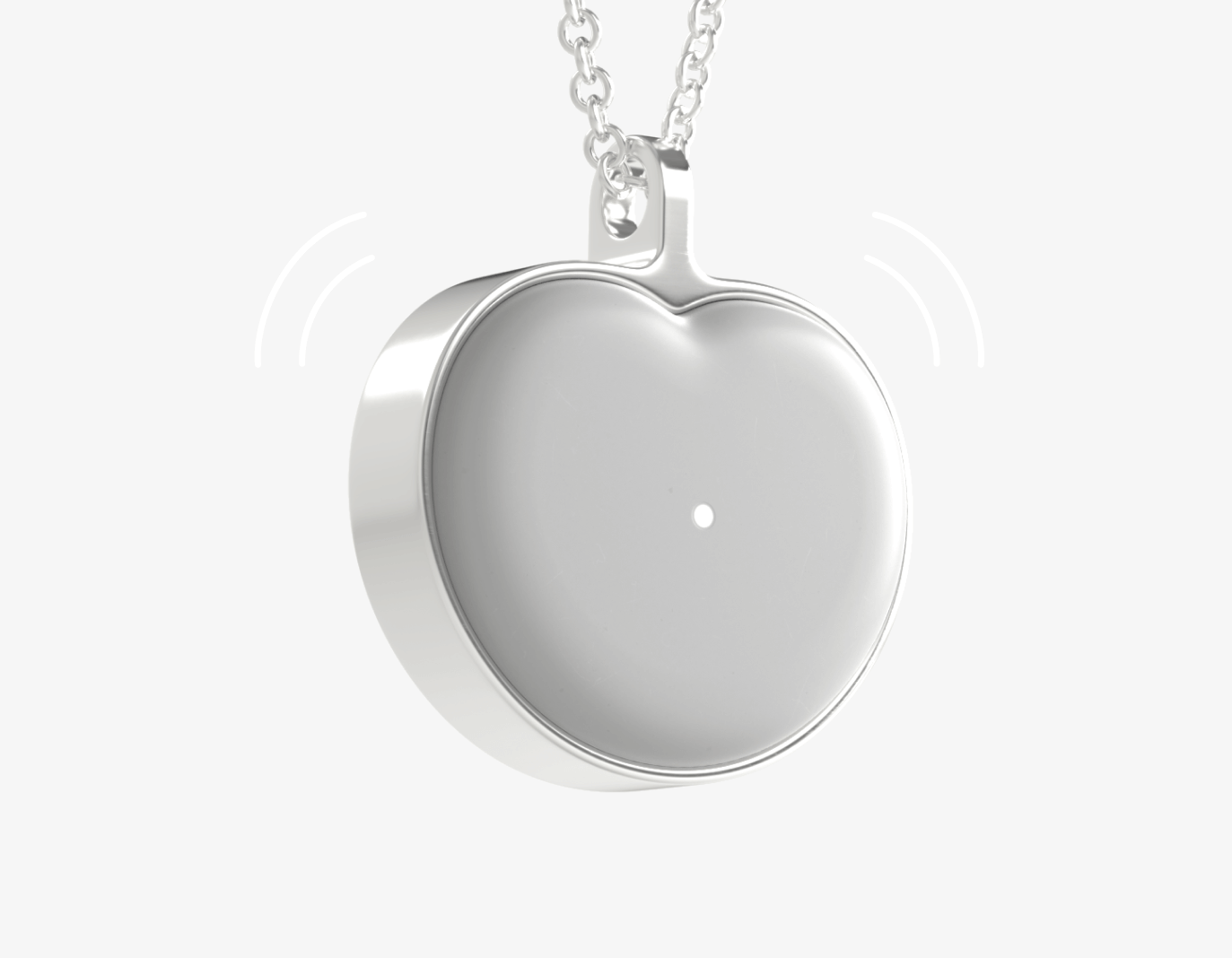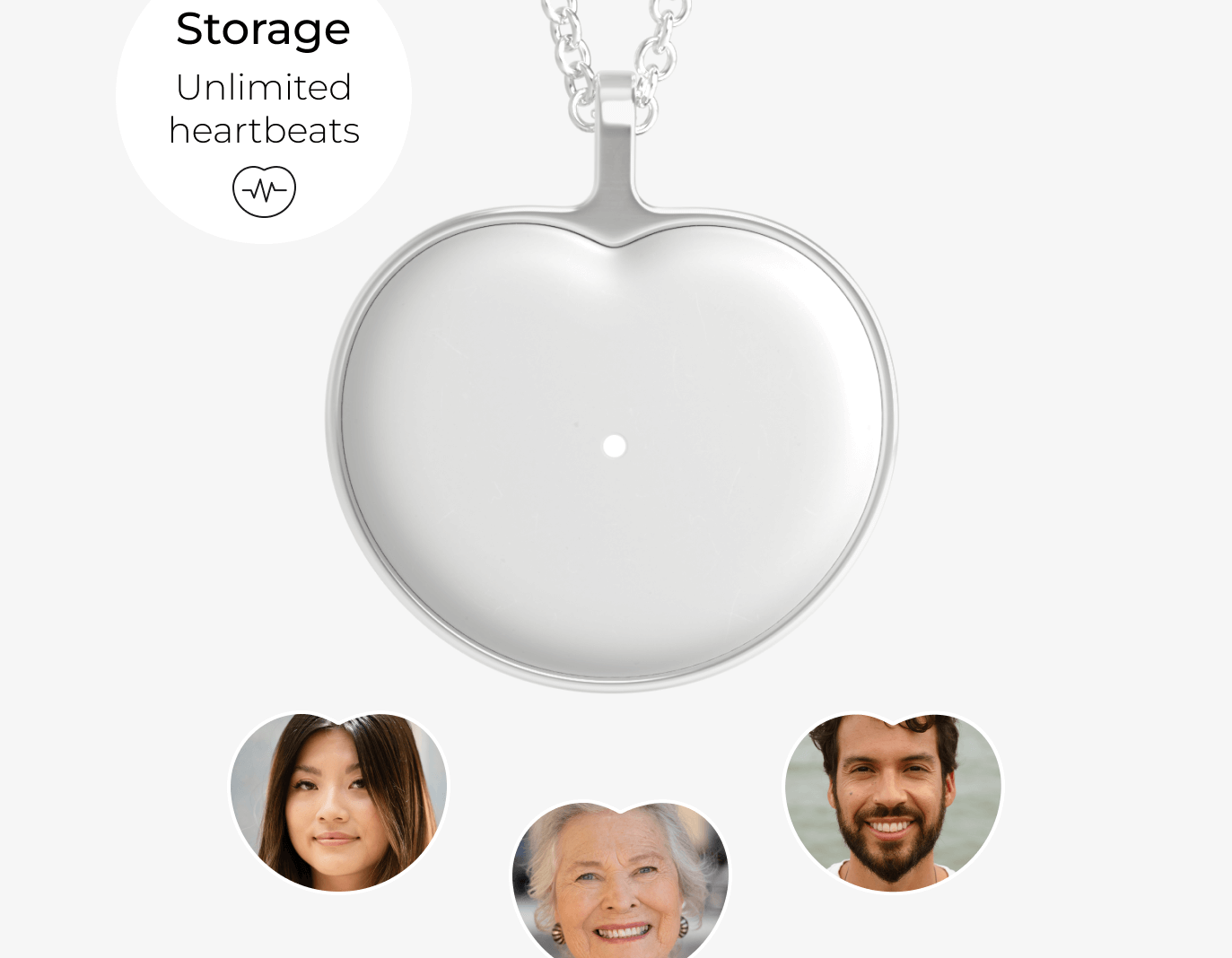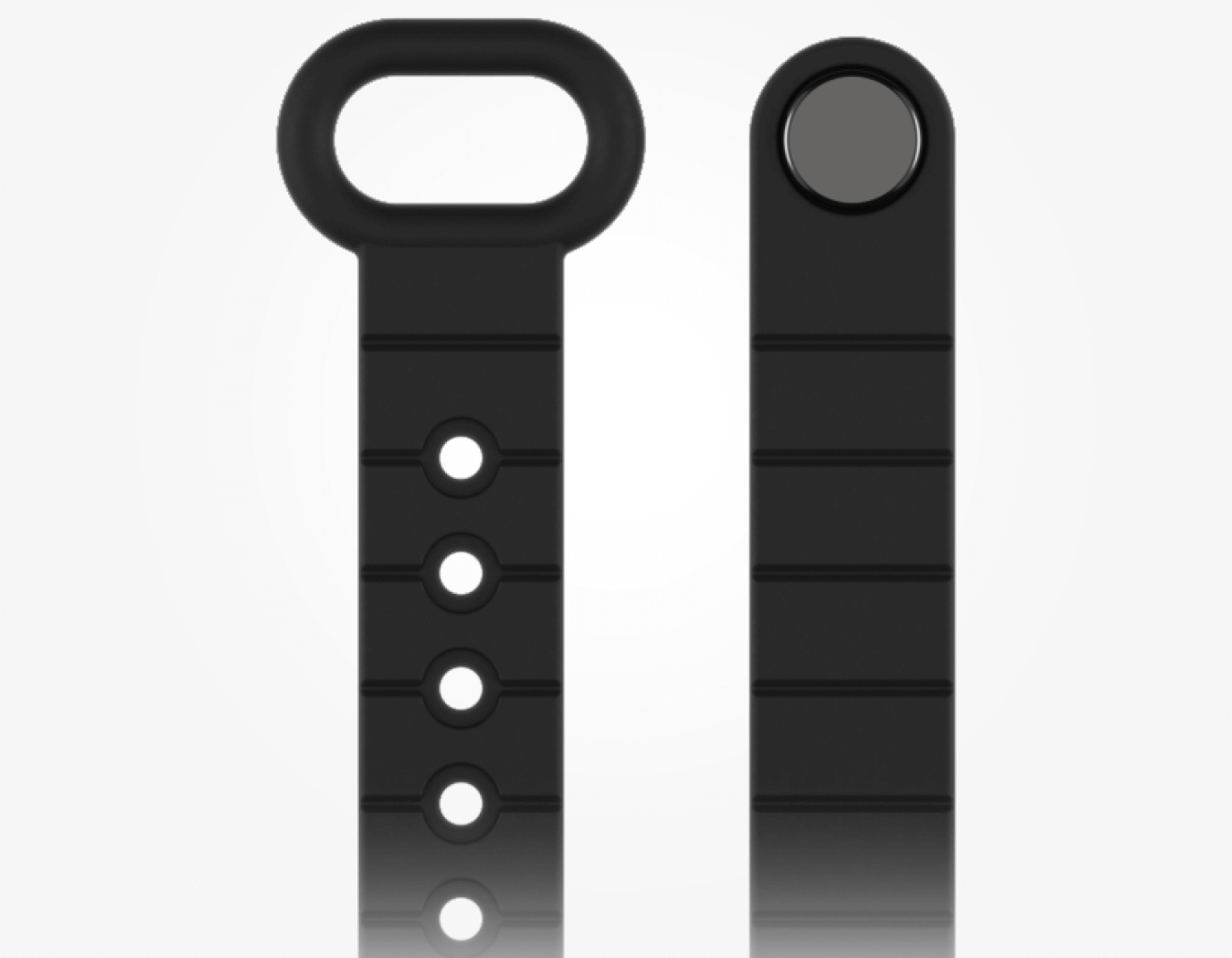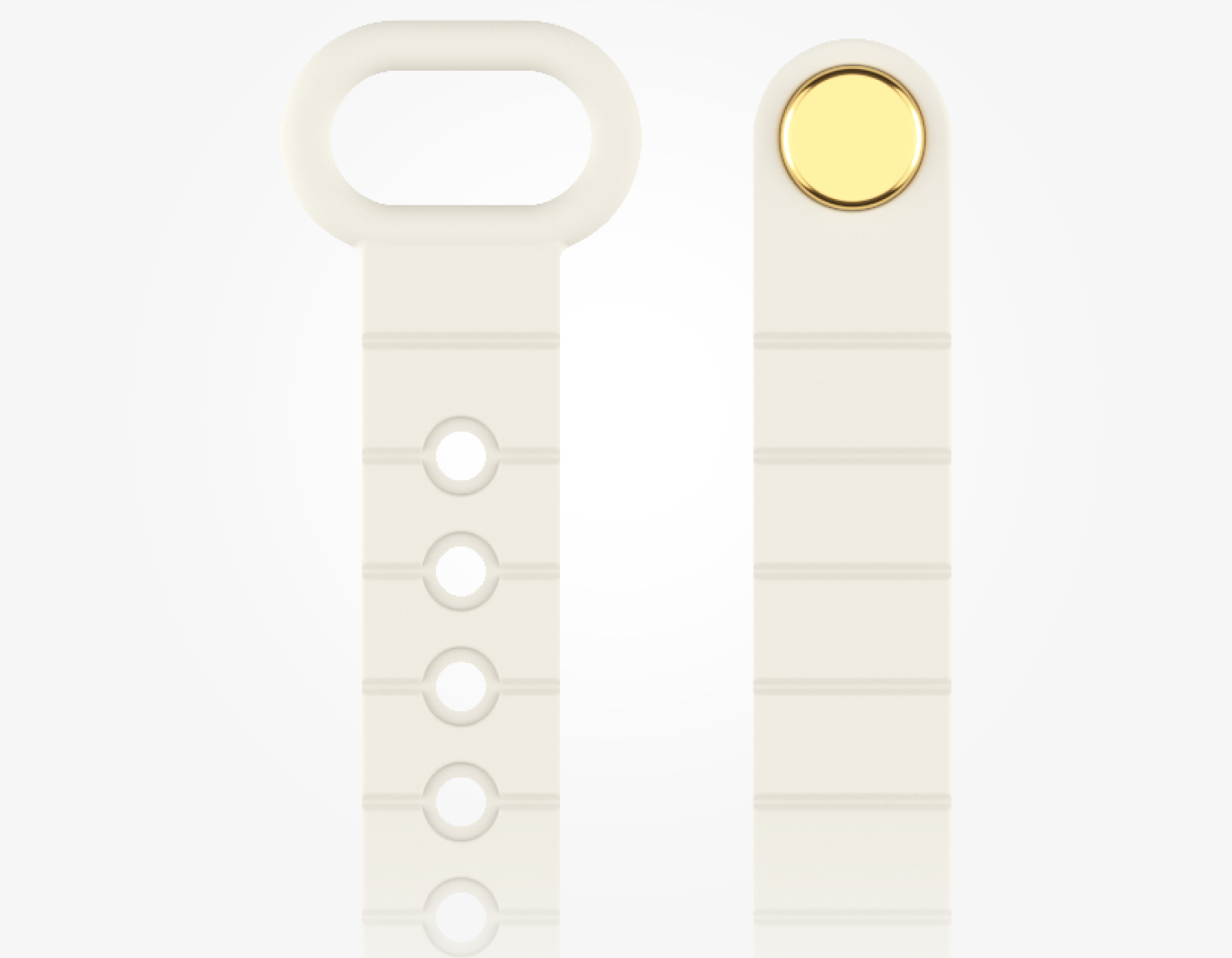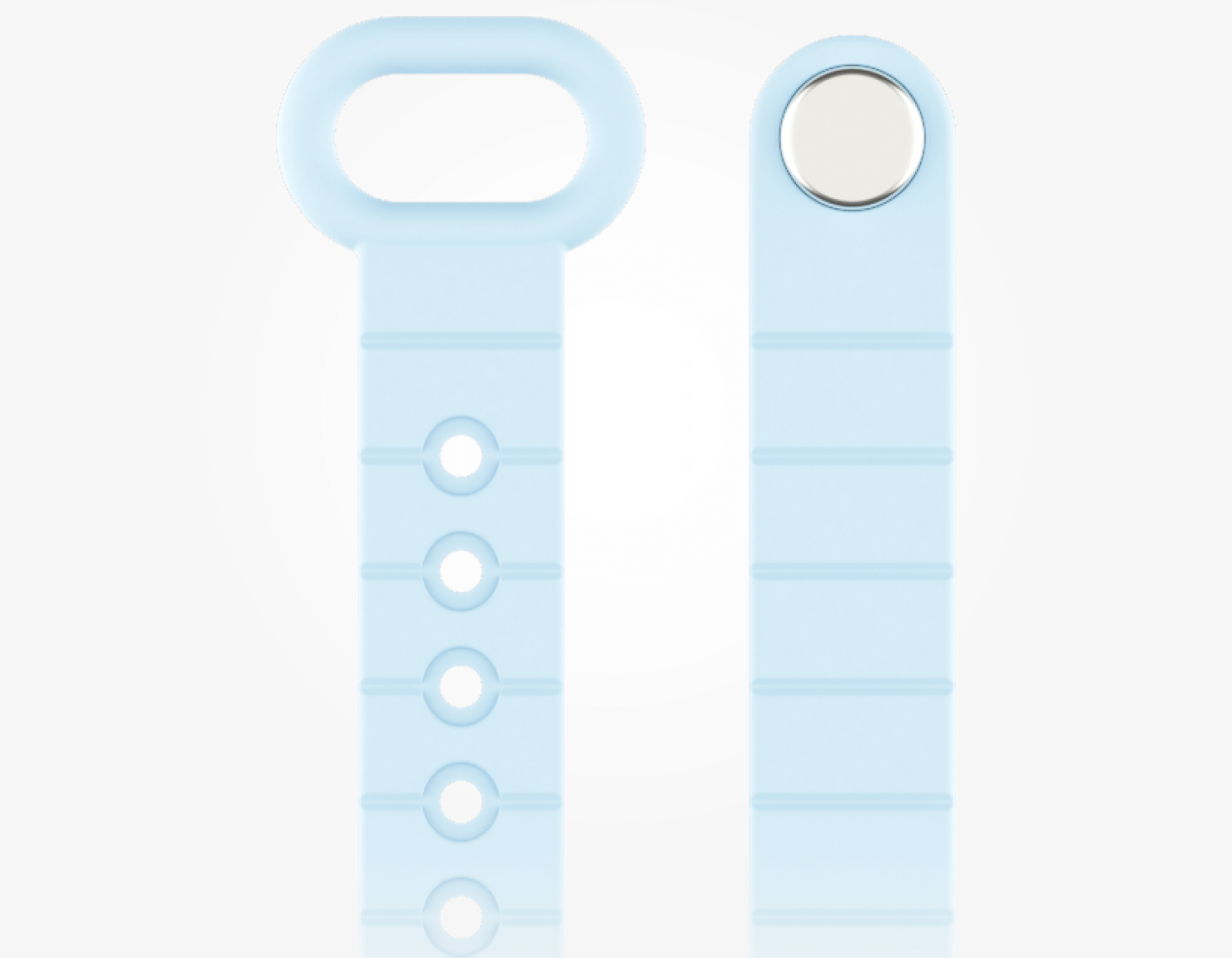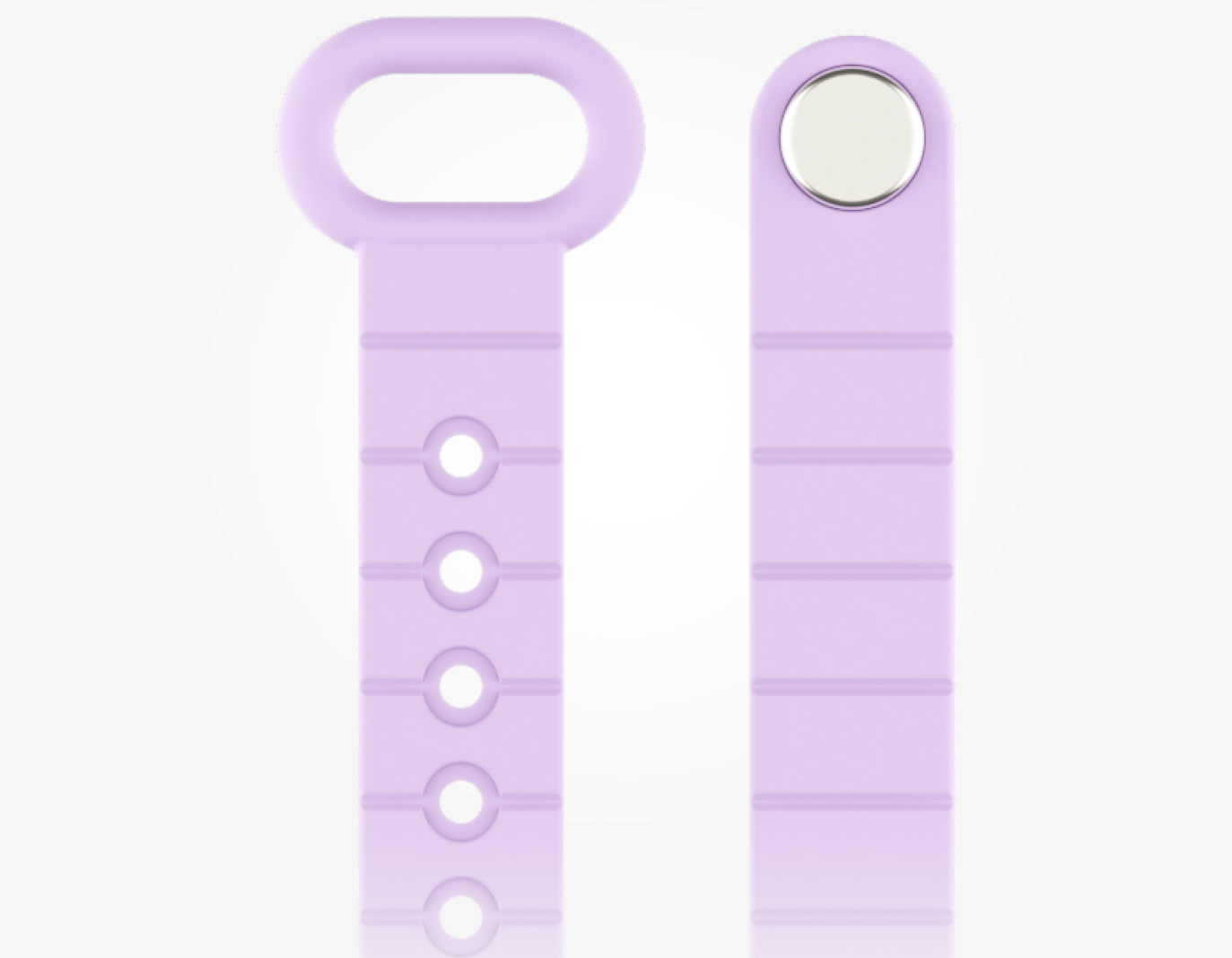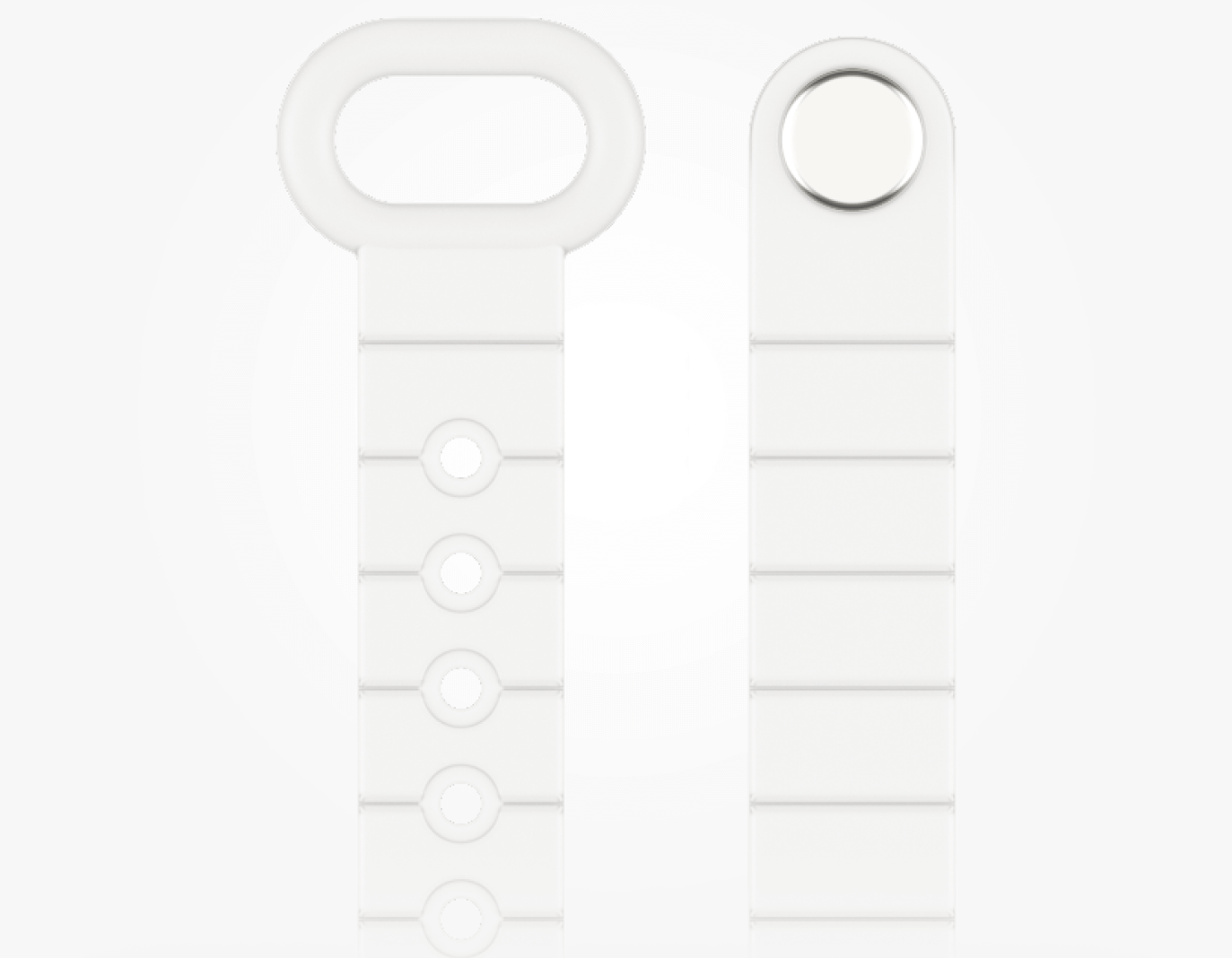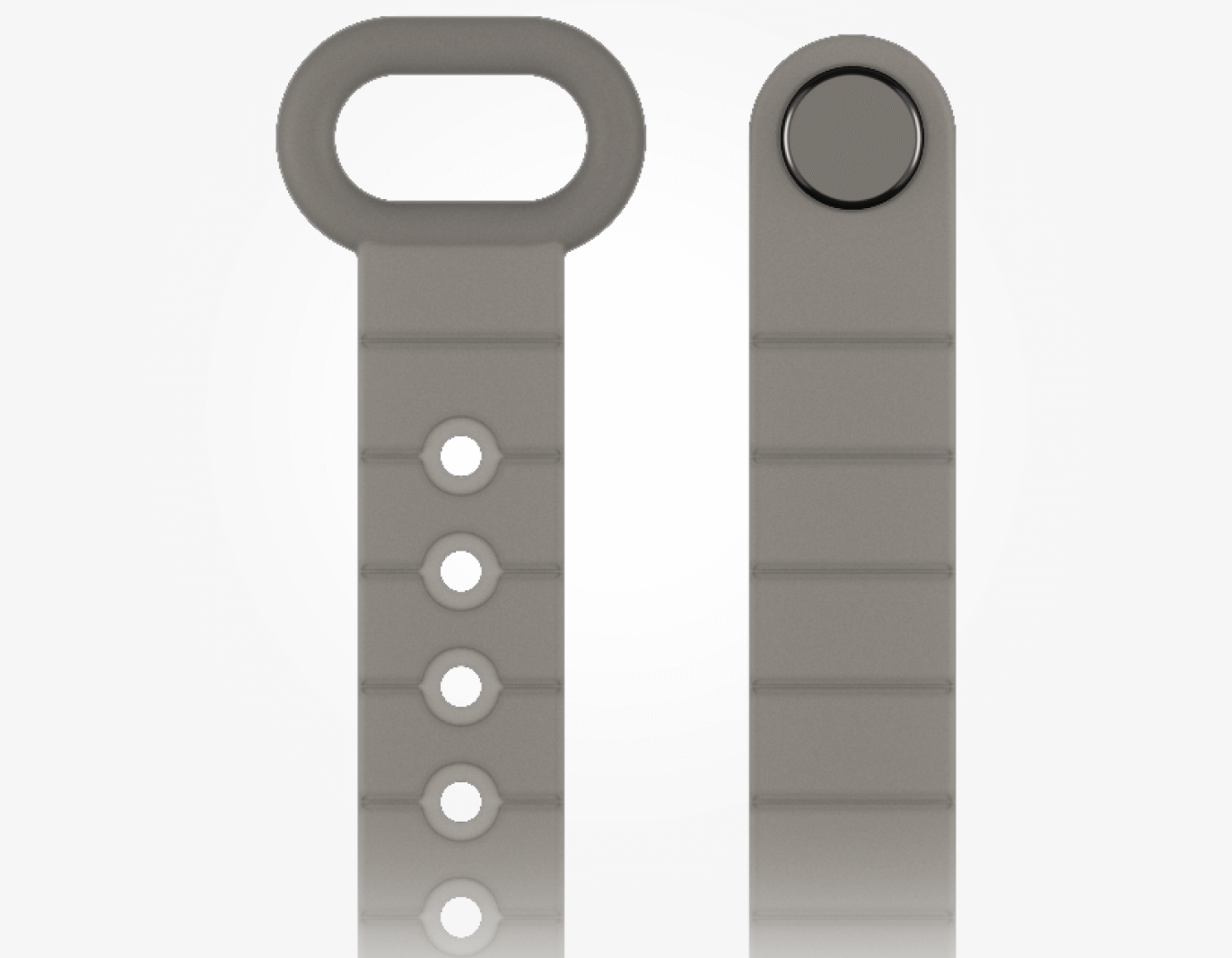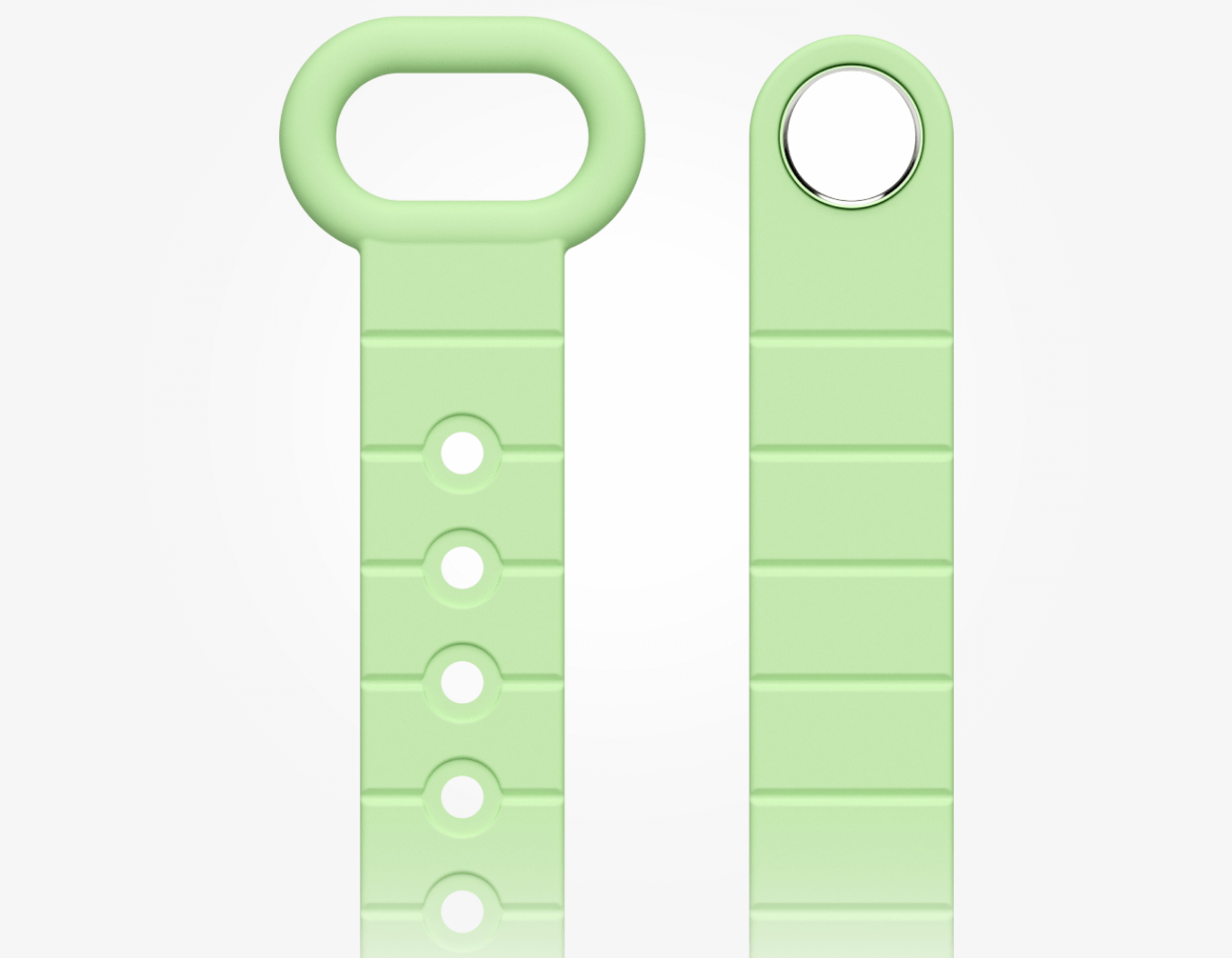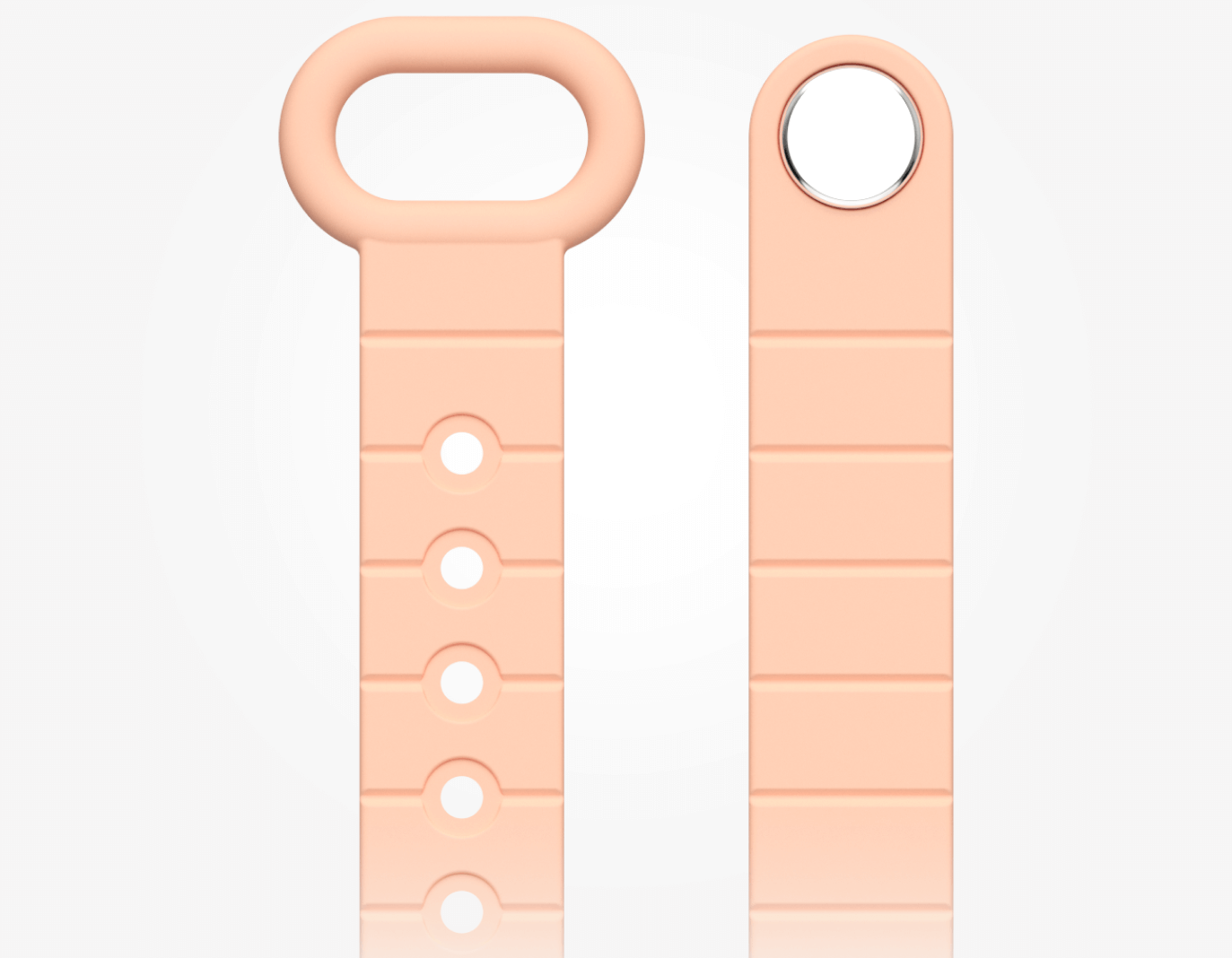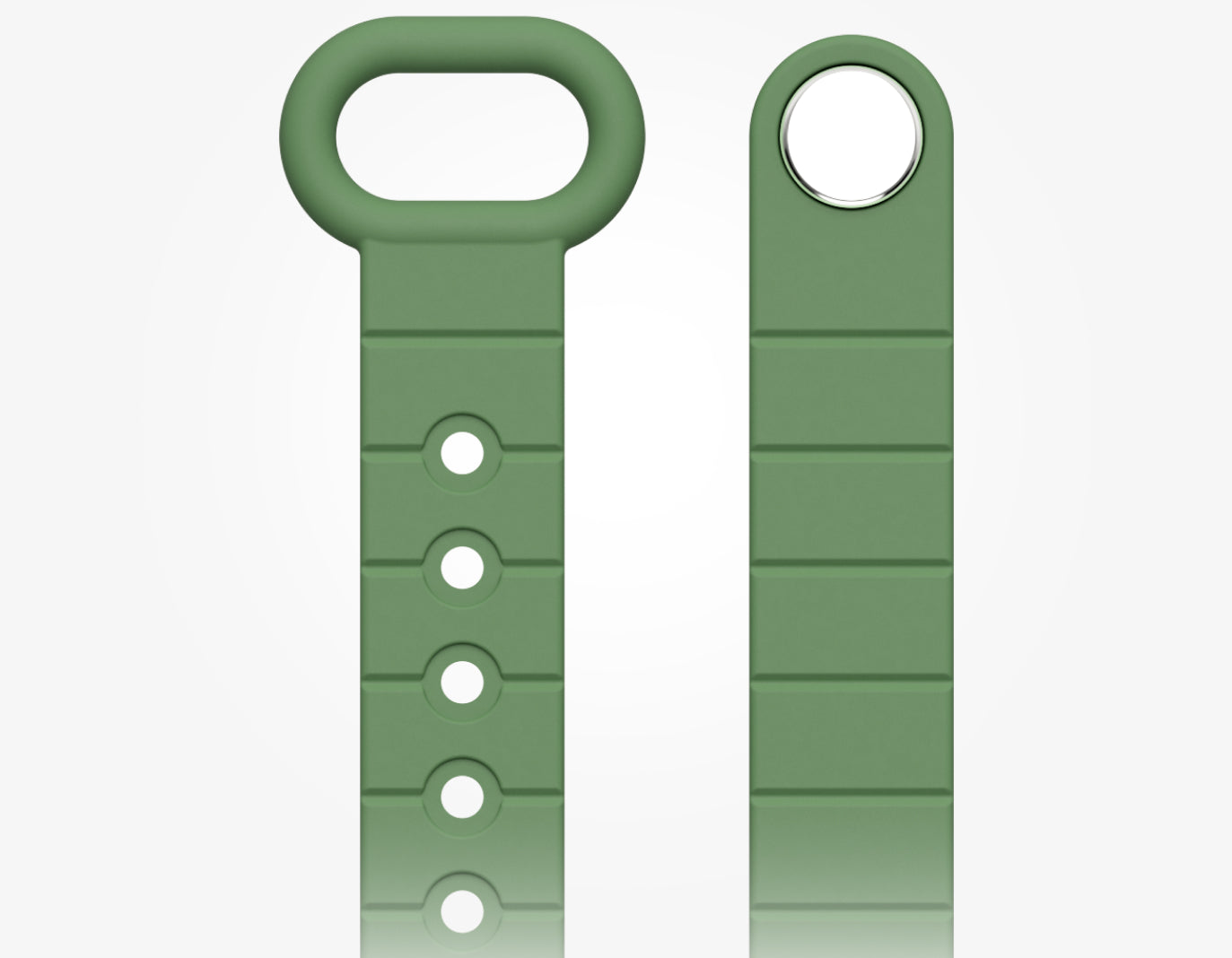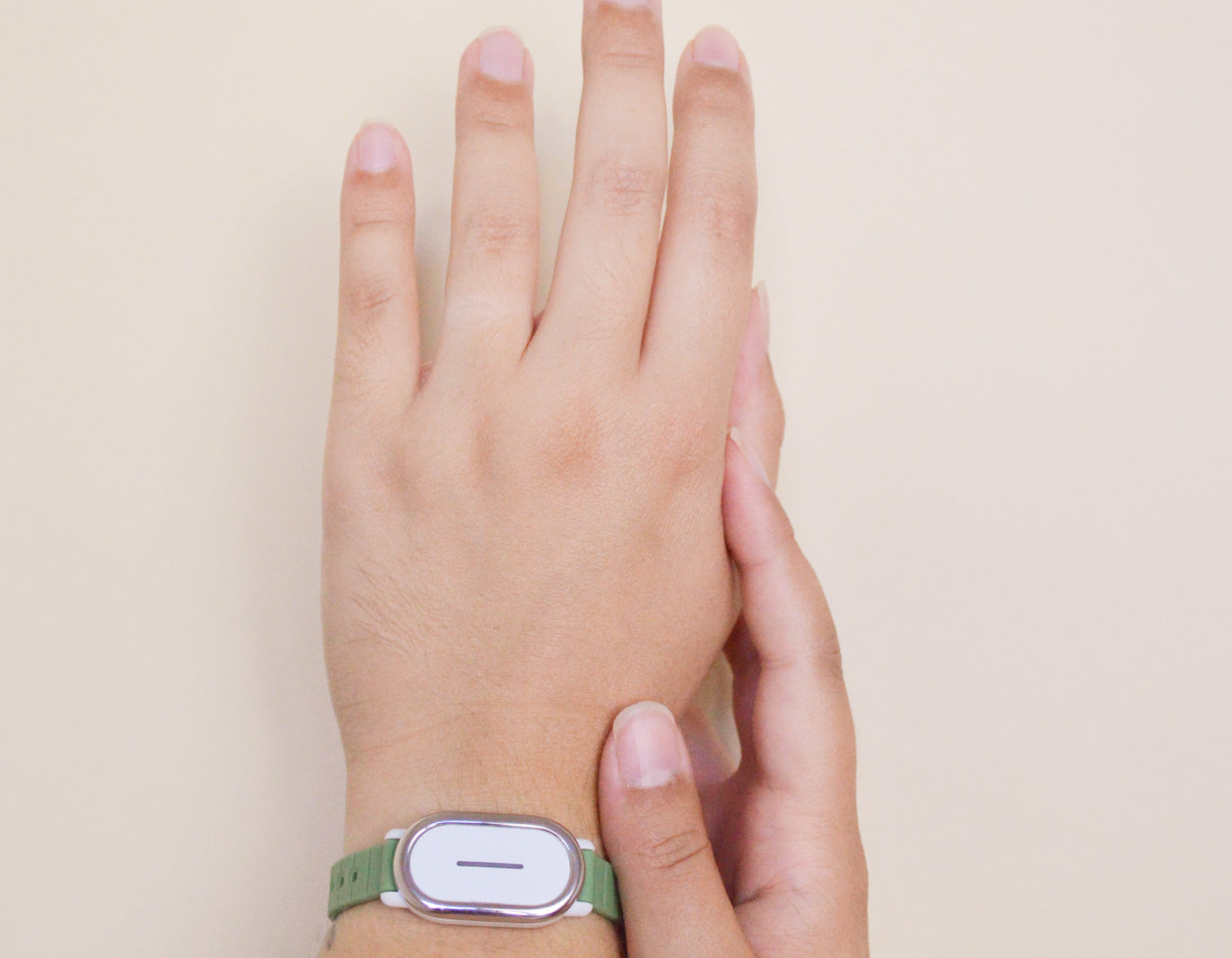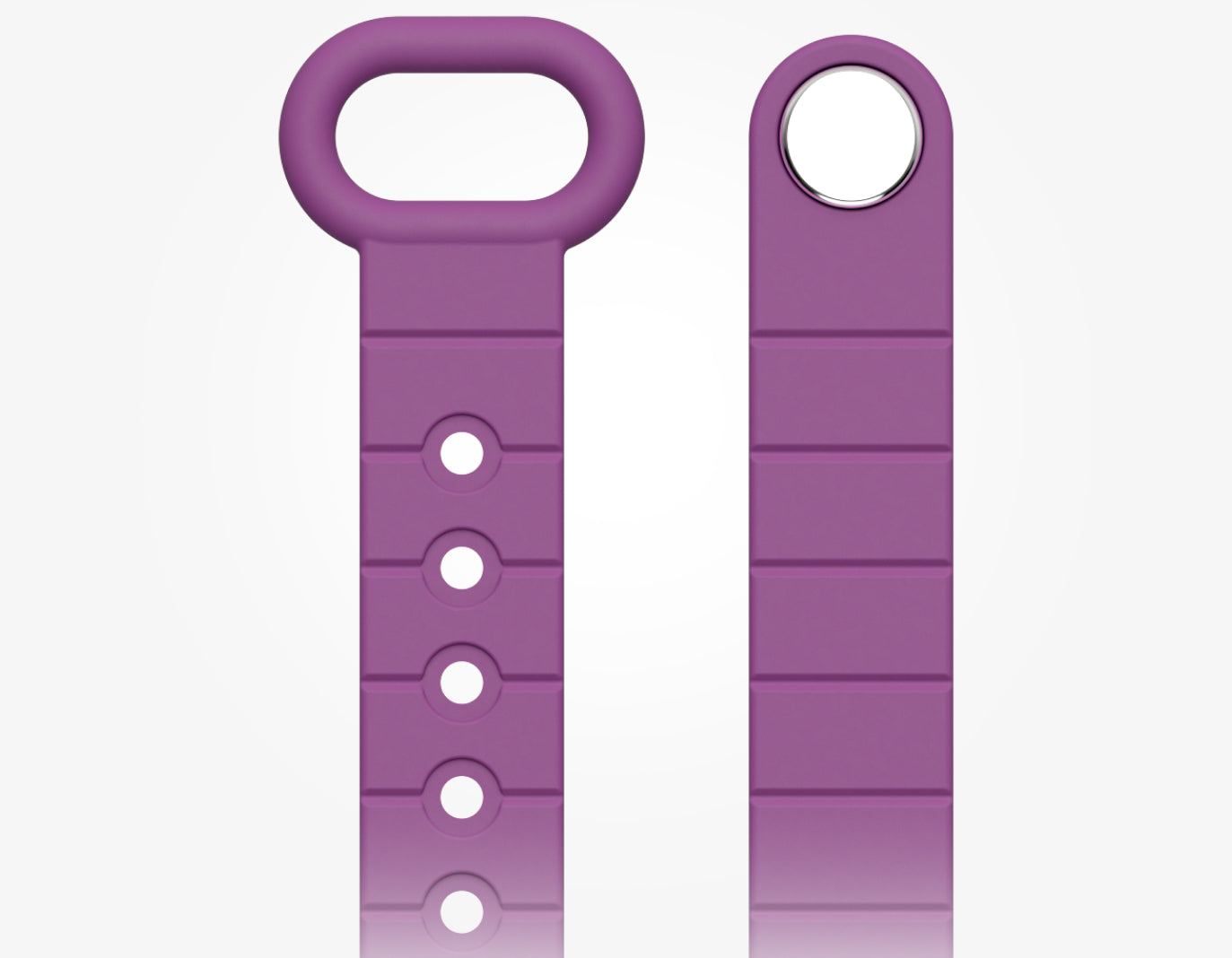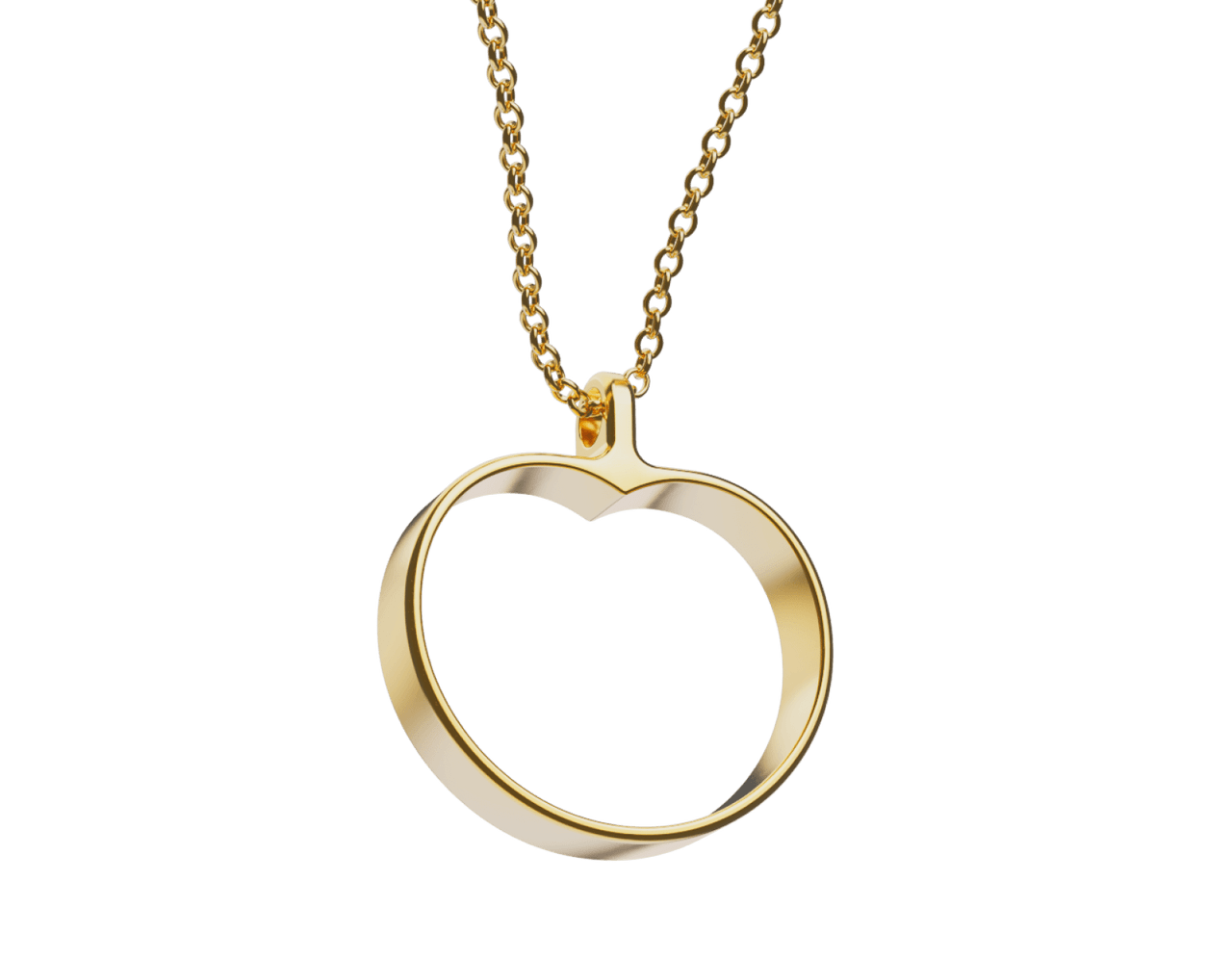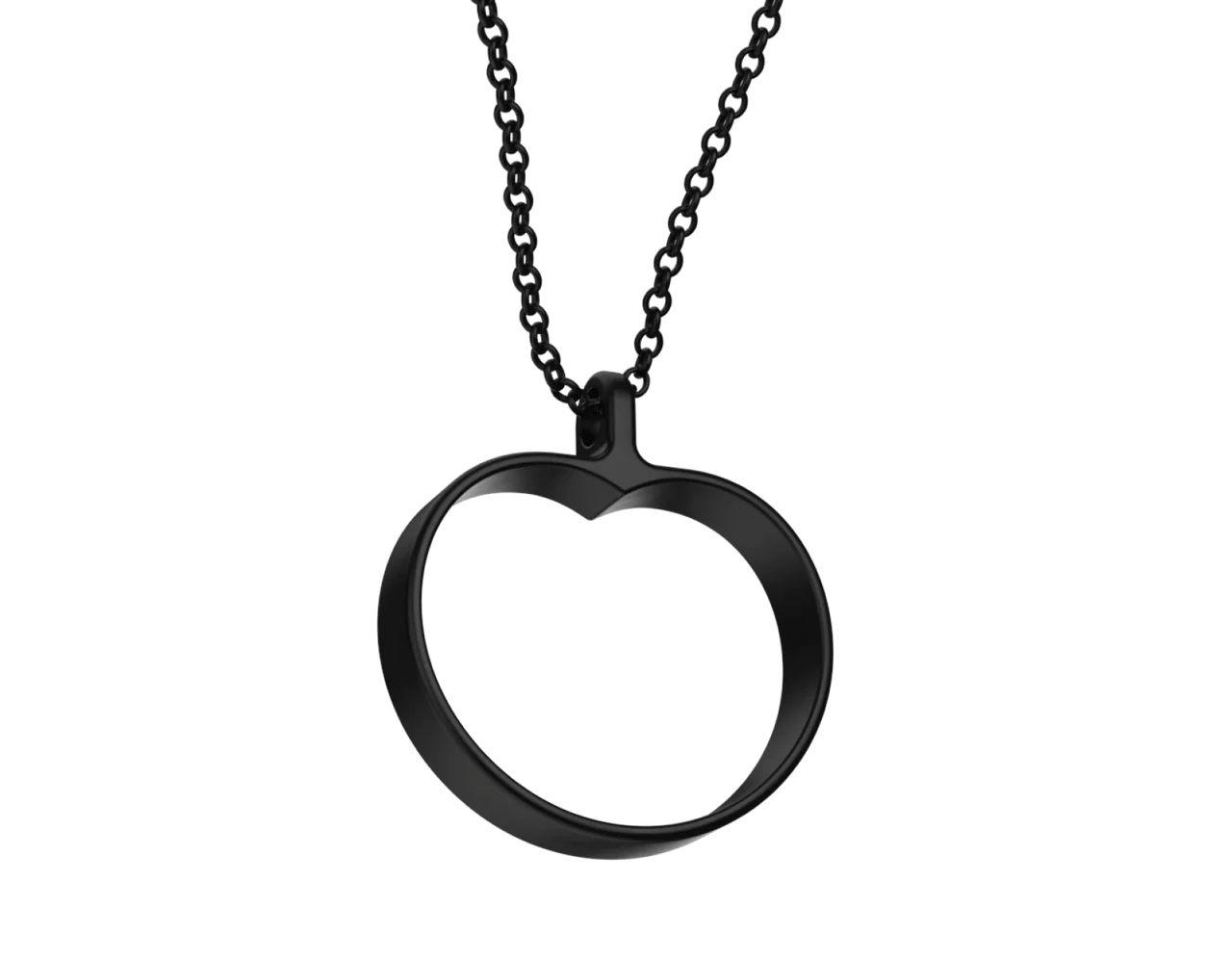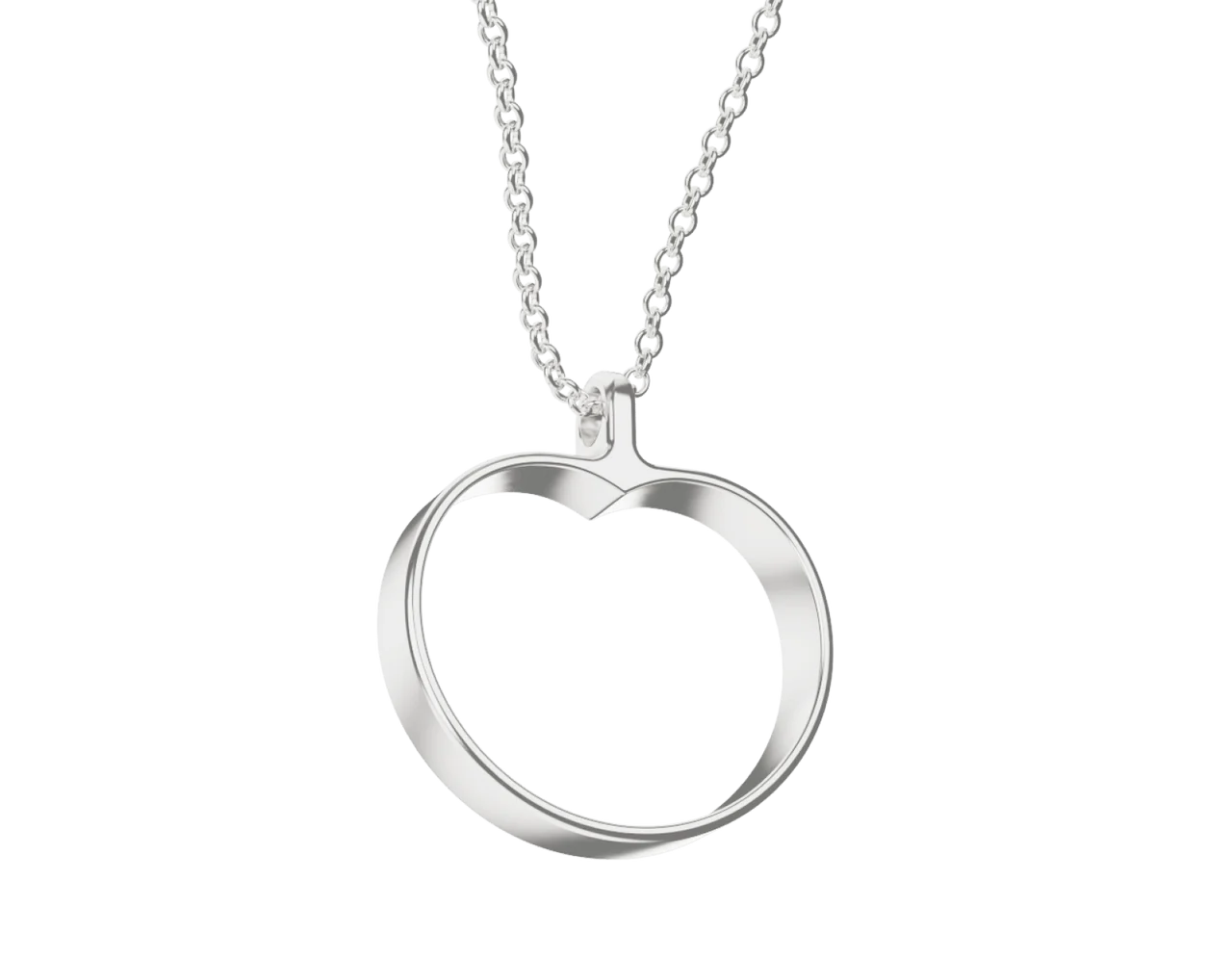In the tricky world of relationships, it's pretty common for people to accidentally fall into codependent patterns.
Understanding what codependency is, its underlying causes, and recognizing its signs can be the key to fostering healthier connections.
In this blog post, we'll delve into the nuances of codependency, shed light on its roots, and provide actionable tips for transforming these patterns into a foundation of mutual growth and support.
So, What is Codependency?
Codependency is a dynamic where one person becomes excessively reliant on their partner for emotional and psychological needs. This often results in an imbalanced relationship, where one individual's well-being is intricately tied to the other's.
In essence, the boundaries between self and other become blurred, leading to a cycle of dependency that can be challenging to break.
Unraveling the Roots
Understanding the reasons behind codependency is crucial for anyone seeking to build healthier relationships.
Some common factors that contribute to codependent behavior include:
1. Childhood Experiences
Many patterns of codependency find their roots in early childhood experiences.
Growing up in an environment where emotional needs were not adequately met can set the stage for seeking validation and security in adult relationships.
2. Low Self-Esteem
Individuals with low self-esteem may be more prone to seeking external validation. Codependency can manifest as an attempt to derive a sense of worth from the approval and attention of a partner.
3. Fear of Abandonment
A fear of being alone or abandoned can drive individuals to compromise their own needs in an attempt to maintain a relationship. This fear can be deeply rooted in past experiences or even a generalized anxiety about being alone.
Normalizing and Recognizing Codependency
It's important to recognize that codependency can happen to anyone, and acknowledging it is the first step towards positive change.
Accepting that these patterns may have developed as coping mechanisms can help individuals approach the journey to healthier relationships with compassion and self-awareness.
Breaking the Cycle: Tips For a Change
1. Cultivate Self-Awareness
Start by reflecting on your own needs, desires, and emotions.
Understanding yourself is key to breaking the cycle of codependency. Regular self-reflection and journaling can be powerful tools for gaining insight.
2. Establish Boundaries
Learning to set and communicate boundaries is crucial in any healthy relationship. Clearly defining your own needs and respecting those of your partner can help restore balance and independence.
3. Prioritize Self-Care
Invest time and energy into self-care practices that nurture your mental, emotional, and physical well-being. This can include activities you enjoy, spending time with friends, and pursuing personal goals outside of the relationship.
4. Seek Professional Support
Therapy or counseling can provide a safe space to explore and address codependent patterns. A mental health professional can offer guidance, tools, and coping mechanisms tailored to your specific situation.
5. Foster Interdependence
Shift the focus from dependency to interdependence – a balanced dynamic where both individuals maintain a sense of self while supporting each other.
Encourage open communication and mutual growth within the relationship.
Conclusion
Codependency is a common challenge, but with self-awareness and commitment to change, it's possible to break free from these patterns and cultivate healthier, more fulfilling relationships.
By understanding the roots of codependency, normalizing its occurrence, and actively working towards positive change, individuals can embark on a journey of self-discovery and create relationships built on mutual respect and support.
Remember, the path to healthier connections begins with a single step – the decision to prioritize your own well-being and that of your relationship.
































